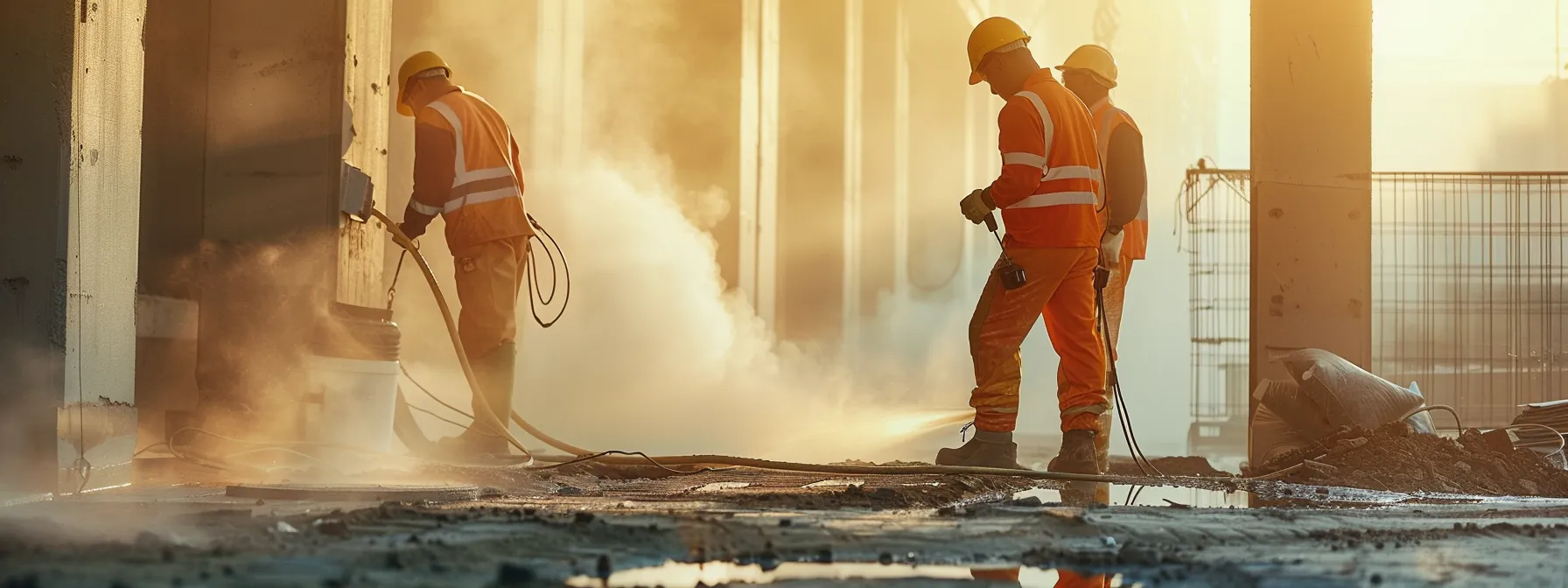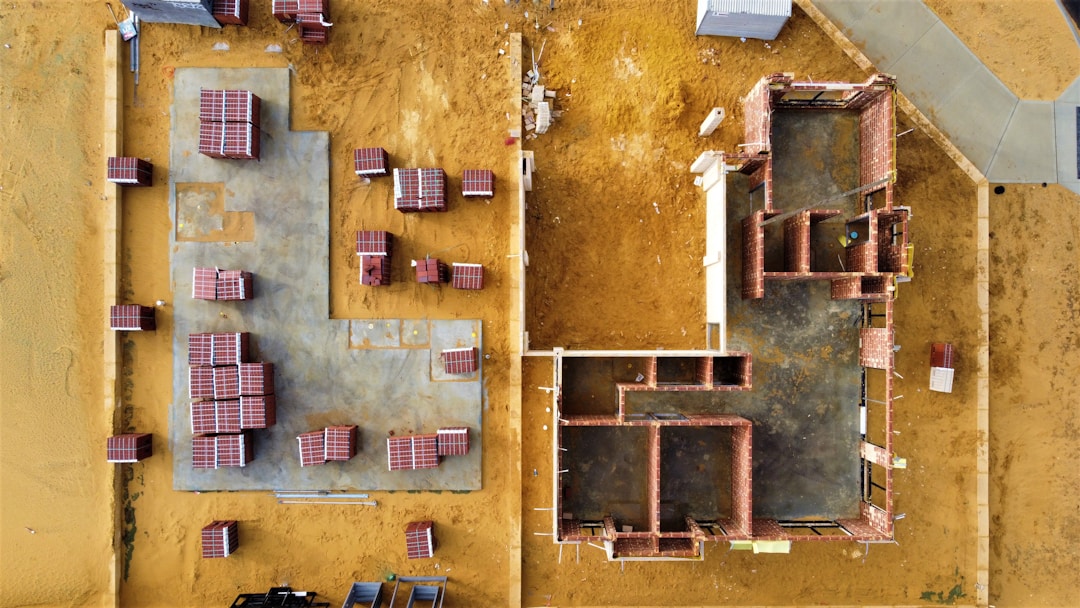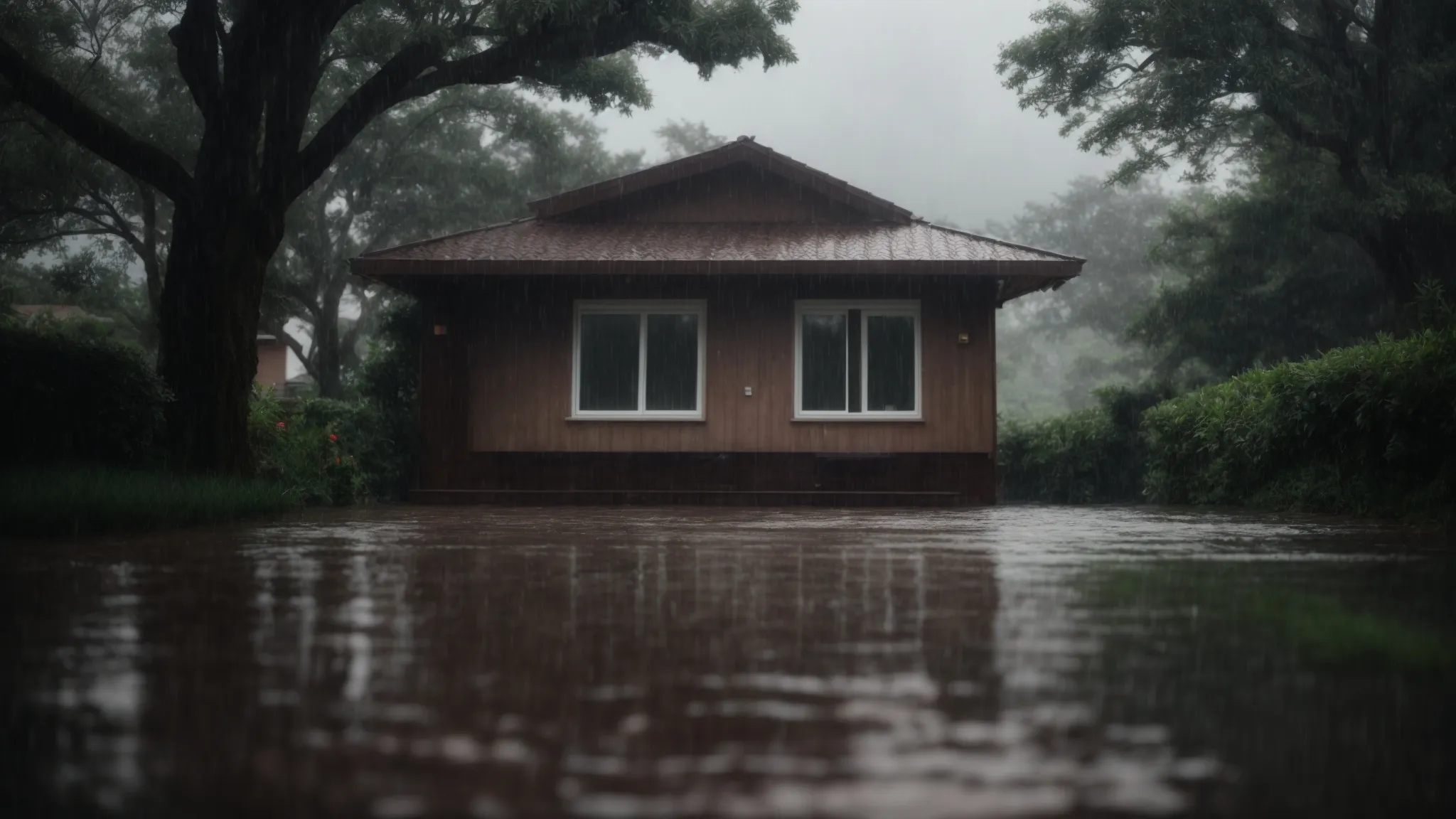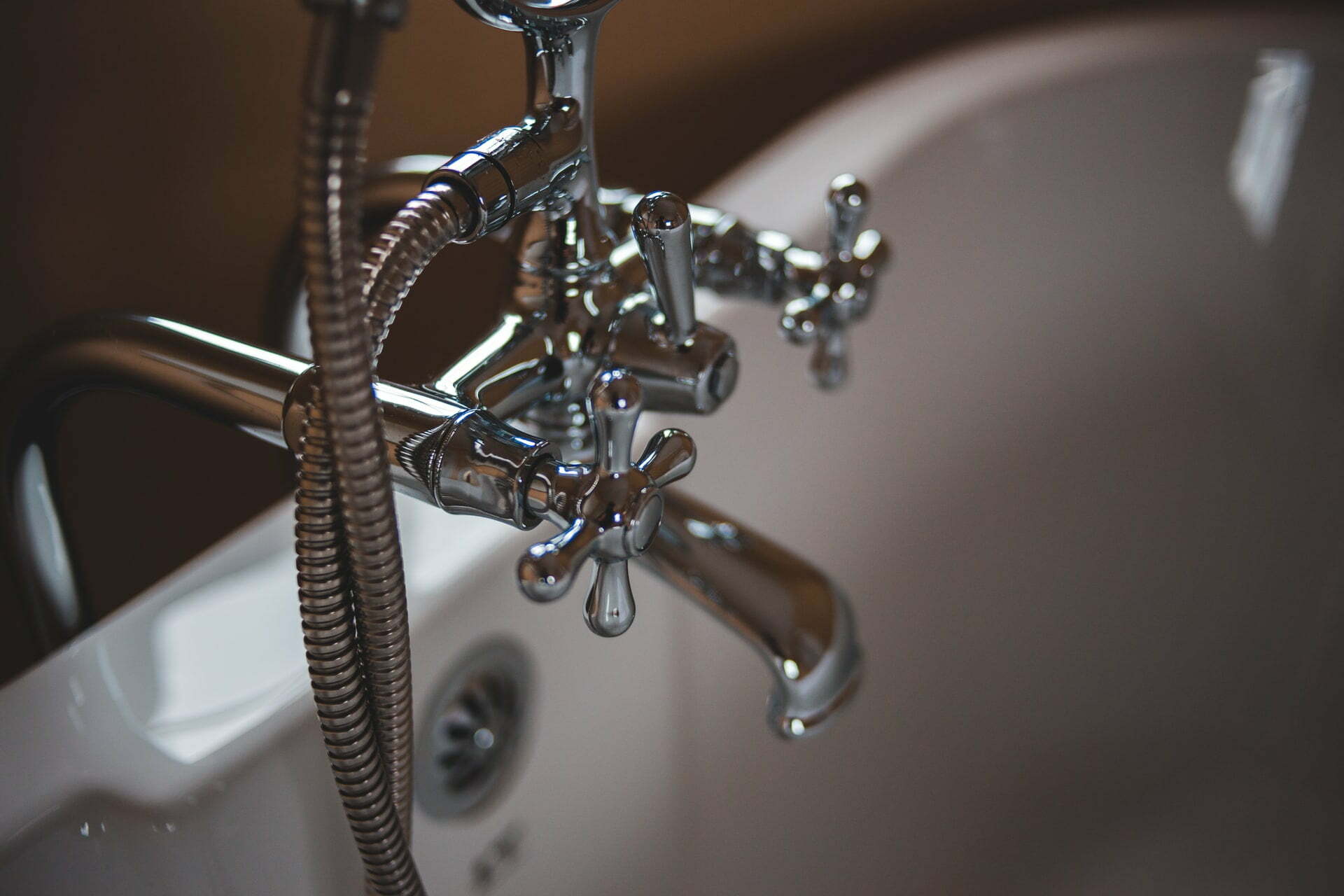Protect Your Home With Foundation Waterproofing
A solid foundation ensures the stability and longevity of any home. Unfortunately, water damage can undermine even the strongest structures, leading to costly repairs and safety hazards. Foundation waterproofing is not just a preventive measure, it’s an essential step in maintaining the health and security of your living space. Understanding the intricacies of foundation waterproofing can help you make informed decisions to protect your investment. Below, we delve into the why and how of shielding your home from water damage through proper waterproofing techniques.
Step-By-Step Guide to DIY Foundation Waterproofing
DIY foundation waterproofing can be a cost-effective solution for homeowners looking to protect their homes from minor water issues. By tackling the project yourself, you take direct control over the materials and methods used. The first step in any DIY waterproofing venture is to thoroughly inspect your foundation for existing cracks and damage, as these will need to be addressed before applying waterproofing products.
Next, clean the foundation walls to ensure that the waterproofing coating will adhere properly. Any dirt, debris, or loose material can interfere with the bonding process, so it’s important to take time for this step. Once the foundation is clean, seal any cracks or holes using a concrete patch or other suitable filler designed for this purpose.
Finally, consider installing a drainage system or improving your existing one to manage water effectively around your property. Remember, even the best waterproof coatings can be overwhelmed if there’s poor drainage, so complement your DIY efforts with proper water management techniques. When in doubt, or if the project seems too complex, it’s wise to consult professionals, such as a Cumming GA Waterproofing Contractor, for advice or services.
The Science Behind Foundation Waterproofing Solutions
Waterproofing a foundation is a scientifically driven process that requires an understanding of both the properties of water and the composition of building materials. Waterproofing materials often include sealants that are applied to the surface of the foundation, creating a durable and impermeable barrier against moisture. These sealants are specially formulated to adhere to concrete and masonry, resisting the forces of hydrostatic pressure from groundwater.
There are various types of waterproofing methods utilized depending on the extent of protection needed and the specific conditions of a home’s environment. Membranes and coatings can be applied externally on the foundation walls, or internally within basements, to block moisture ingress. These solutions include liquid coatings, sheet membranes, and even newer technology like crystalline waterproofing, where the sealant actually reacts with the concrete to fill in microcracks.
Another aspect of foundation waterproofing is managing the water around a property. Proper drainage systems play a critical role in directing water away from the foundation. This might include the installation of French drains, sump pumps, or graded landscaping that encourages water to flow away from the home. By combining surface treatments with effective drainage, homeowners ensure a comprehensive defense against water damage.
Professional Foundation Waterproofing Services: When to Call the Experts

While DIY waterproofing can be suitable for minor issues, there are circumstances where professional expertise is imperative. Chronic water leaks, significant structural damage, or complex landscapes may require the skills and equipment that only experienced contractors can provide. Professionals have access to industrial-grade products and advanced techniques that are not typically available to the average homeowner.
Contractors also bring a level of diagnostic ability that ensures all potential water issues are identified and addressed. They can perform comprehensive assessments that go beyond superficial inspections, considering factors like soil composition and hydrostatic pressure. In some cases, structural repairs may be necessary before waterproofing can occur, and professionals are equipped to handle these situations safely and effectively.
Maintaining Your Home’s Foundation: Waterproofing Do’s and Don’ts

Maintaining your home’s foundation is an ongoing process that requires regular attention. Do inspect your foundation routinely for signs of moisture, such as efflorescence, or white powdery residue, which can indicate a moisture issue. Also, ensure your gutters and downspouts are clean and functioning properly, as they play a crucial role in diverting water away from your foundation.
On the proactive side, consider investing in landscaping that supports water drainage. Plants and grading that guide water flow away from your home’s foundation reduce the risk of water damage. Additionally, don’t wait to address small cracks or moisture issues. Early intervention can prevent them from developing into larger, more expensive problems.
Altogether, the knowledge and actions you take today to waterproof your home’s foundation can prevent a multitude of issues in the future. Overall, a sound and dry foundation is a cornerstone of a safe and comfortable home, and with the right approach to waterproofing, you can protect your investment for years to come.









